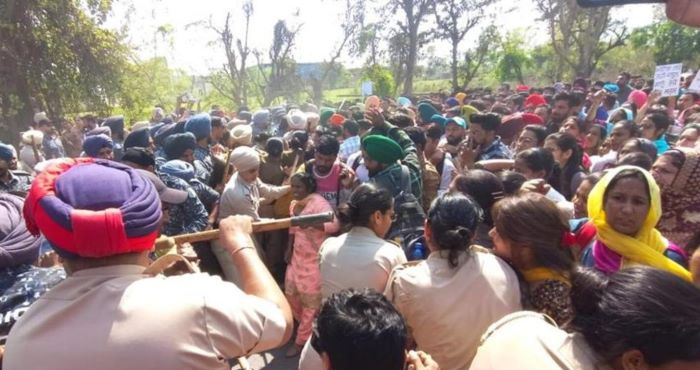 No government entity in India, including the Punjab state government, can position itself above the Supreme Court of India. The Supreme Court serves as the apex judicial authority under India’s Constitution, and all governmental bodies—whether central, state, or local—are constitutionally bound to comply with its decisions and orders. When the Supreme Court issues a ruling on matters such as pay scales for government employees, these directives carry the full force of law and must be implemented without delay.
No government entity in India, including the Punjab state government, can position itself above the Supreme Court of India. The Supreme Court serves as the apex judicial authority under India’s Constitution, and all governmental bodies—whether central, state, or local—are constitutionally bound to comply with its decisions and orders. When the Supreme Court issues a ruling on matters such as pay scales for government employees, these directives carry the full force of law and must be implemented without delay.
The current situation involving 3704 Master Cadre teachers in Punjab represents a troubling example of administrative failure that appears to undermine judicial authority. These educators, who have been legally guaranteed the Punjab Pay Scale through a Supreme Court order, find themselves caught in a bureaucratic maze that has left many without salaries for two consecutive months. Despite the education department presenting pay fixations according to the Sixth Pay Commission recommendations in the High Court, the implementation remains stalled, creating severe financial hardship for the affected teachers.
Teachers from across the state have staged protests at the DPI office in Mohali, with a permanent dharna now entering its fifteenth day at the DPI Secondary office. This sustained protest movement reflects the desperation of educators who have exhausted other channels for redress. The ongoing dharnas and protests by teacher unions across the state highlight the widespread nature of this crisis and the government’s apparent inability or unwillingness to resolve the matter expeditiously.
While the Punjab government’s delays in implementing the Supreme Court-mandated pay scales may not constitute outright defiance of judicial authority, they reveal serious systemic problems. The situation suggests a combination of administrative inefficiency, potential financial constraints, and bureaucratic complications that have created a gap between legal obligation and practical implementation. When court orders remain unexecuted for extended periods, it effectively undermines the rule of law, even if the government maintains that it intends to comply.
The prolonged delay in honouring Supreme Court directives exposes the Punjab government to potential contempt of court proceedings. The judiciary possesses various mechanisms to ensure compliance with its orders, including the power to direct specific administrative actions or impose penalties on non-compliant officials. The fact that teachers continue to suffer financially while their case remains pending in the High Court suggests a fundamental breakdown in the administrative machinery responsible for implementing judicial decisions.
This crisis demands immediate intervention from Punjab’s highest political and administrative authorities to demonstrate that no government considers itself above constitutional oversight. The Master Cadre teachers’ situation has evolved beyond a mere labor dispute into a test of India’s constitutional framework and the principle that judicial decisions must be implemented promptly and completely. Only through swift resolution of this crisis can the Punjab government restore faith in its commitment to both legal compliance and the welfare of its dedicated educators.